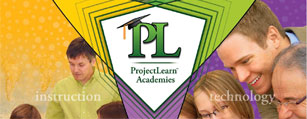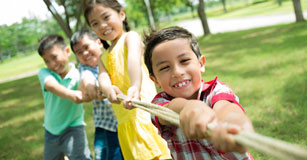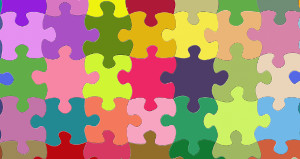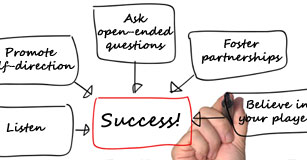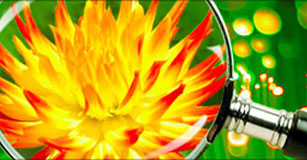Use Big Ideas in Social Studies for Hispanic Heritage Month Activities
Standards-based themes to focus student work at grades K-5
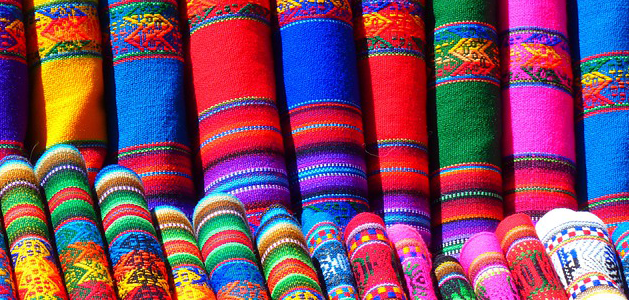
With a long history here in the United States and a range of rich cultures, it isn't hard to find classroom activities to celebrate and recognize the contributions of people and communities during Hispanic Heritage Month. Consider using the big ideas from social studies standards to help focus activities and more strongly connect them to your curriculum.
The social studies curriculum generally expands from the individual in Kindergarten to the wider world in fifth grade so they align to ideas appropriate to student abilities and world views. This article uses wording from the NY State Social Studies Standards to describe the big ideas at each grade level, but you are sure to find similar language in your state's social studies standards as well.
Kindergarten: Self and Other
My favorites, your favorites, our favorites
Hispanic Heritage Month provides a great opportunity early in the school year to see how "diverse cultural groups within the community and nation embrace unique traditions and beliefs, and celebrate distinct holidays." While a Kindergartener's world view is centered closely around themselves, they do notice differences between themselves and their classmates.
As you explore and learn about traditions of Hispanic heritage, you can help students look at differences in a positive light by inviting them to:
- Plan a party that celebrates Mexican Independence Day
- Create a book of your student's own unique traditions
These both provide opportunities to meet other age-appropriate standards too. Planning a party involves math skills like counting and one-to-one correspondence as students determine how many people are coming and work to distribute supplies. Combining each student's complete "My favorite tradition is…" sentence strip into a class book provides students with a motivating opportunity to "use a combination of drawing, dictating, and writing to share an opinion." (W.K.1)
1st Grade: My Family and Other Families, Now and Long Ago
Interviews, family trees, and opinion writing
First-grade students are beginning to see the world beyond themselves, but still rely on their parents and family. If you have students of Hispanic heritage, having their family members share their culture and traditions is an easy way to help students build "awareness of America's rich diversity [and] foster intercultural understanding."
You might ask a visiting family member to share a song, game, food, or tradition with your students to showcase their Hispanic heritage and help students see "personal and family history as a source of information… about the people and places around them." To build their growing oral language skills, encourage students to ask the guest speaker questions as well as retell the stories and information they share.
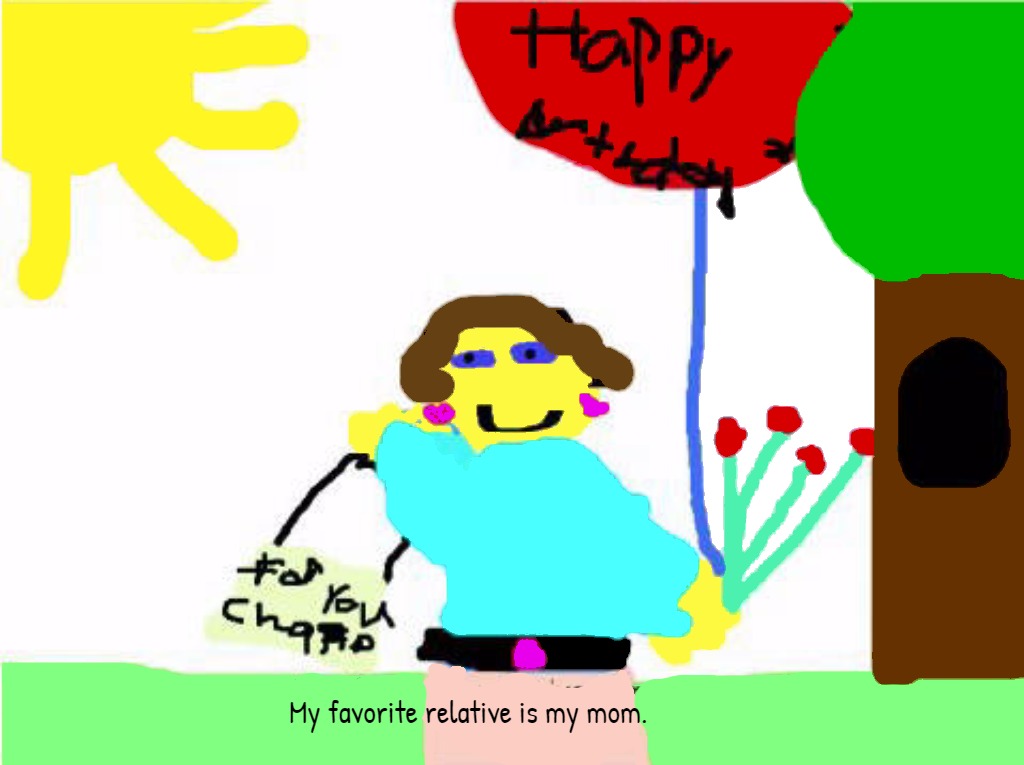
To add a literacy component, ask students to create a My Favorite Relative project to celebrate a member of their family that "[supplies] a reason for the opinion." (W.1.1). Print their projects to share with family members or use a digital tool like Wixie to capture their voice and share their work as videos or eBooks.
2nd Grade: My Community and Other Communities
Similarities, differences, and visual storytelling
After the Mexican Revolution, the government used murals to share messages. This tradition thrives today with murals being used around the world to promote pride in a cultural identity and share history and traditions.
Explore murals in your area through neighborhood walks or by sharing photographs. Then, create your own community murals. You could work together to create a single mural to represent the community in your classroom or school.

If students at your site come from different communities, ask them to work individually or in small teams to create murals to reflect the community in which they live. Present each mural to the rest of the class to help them see that "people share similarities and differences with others in their own community and with other communities."
3rd Grade: Communities Around the World
Heroes, legends, and narrative writing
Third graders are also building independence and agency and many connect with the actions of superheroes. Capitalize on this interest to explore the heroes in the legends and mythology found throughout Hispanic cultures. To demonstrate to your students that "each community or culture has a unique history," and read selections from collections like:
- Golden Tales: Myths, Legends, and Folktales from Latin America by Lulu Delacre
- Horse Hooves and Chicken Feet: Mexican Folktales by Neil Phillip
- Once Upon a Time: Traditional Latin American Tales by Reuben Martinez
Add a writing component by asking your students to use pencil and paper, or digital publishing tools, to retell their favorites or practice narrative writing as they develop their own legends or fables.
As you explore heroic figures, find their origin or location on a globe or map, to help students learn to describe "the location of world communities… using geographic tools and vocabulary."
Locating Hispanic communities in your city, state, country, as well as the world can also inspire informational writing as students produce printed brochures or video travel guides to share the food, culture, and holidays of these areas.
4th Grade: Local History and Government
Government, leaders, and informational posters
Fourth grade focuses on the local area to help students take big concepts of government such as power, rights, and responsibilities and make them tangible and personal. Hispanic Heritage Month provides an opportunity to focus on a specific population as they "explore ways that the federal, state, and local governments meet the needs of citizens."
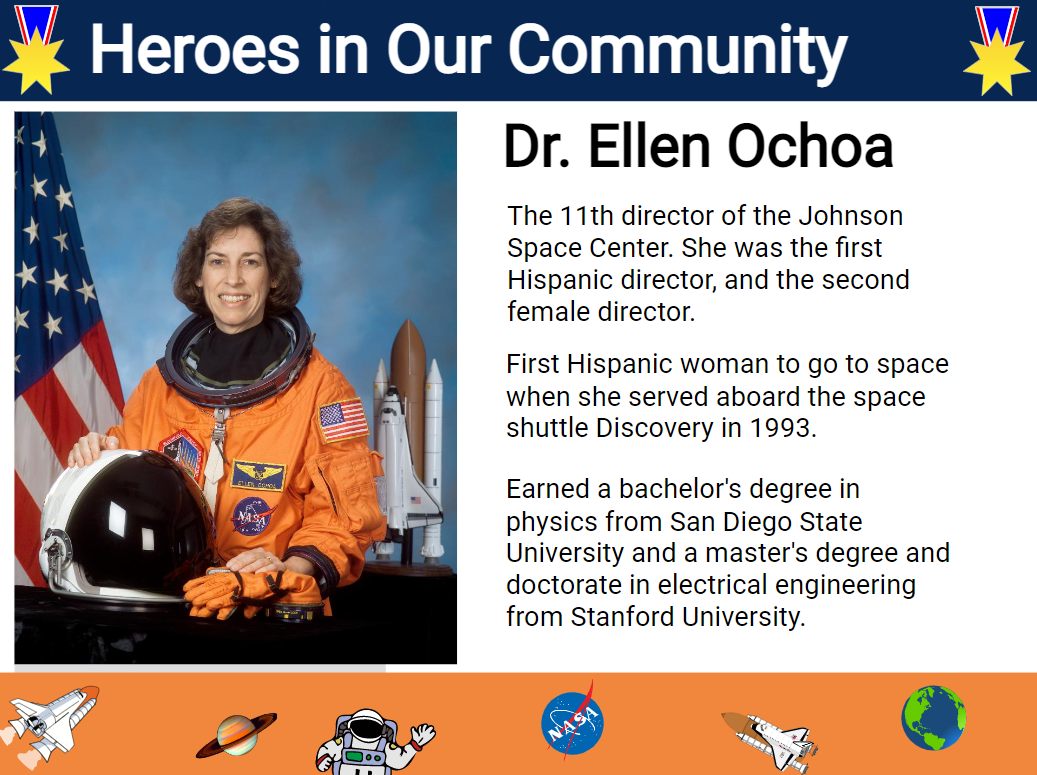
Fourth grade students have solid oral and written communication skills, so now is the perfect time to ask them to apply their skills to inform and educate others. For example, students can create posters and trading cards to celebrate Hispanic leaders in your community and beyond, raising awareness of their contributions.
5th Grade: Western Hemisphere
Food, language, and exploration
Students in fifth grade broaden their horizons as they learn about exploration and early Meso-American civilizations like the Maya, Aztec, and Inca. As their horizons broaden, so should their responsibility for learning and tackling more in-depth projects. Ask students to design and host a celebration for Hispanic Heritage Month that showcases the richness of the range of cultures represented by those of Hispanic heritage.
You might start by sharing that words like chocolate and avocado come from the Nahuatl language which has Aztec origins. If you have Hispanic families in your classes, ask them to share recipes that go beyond Americanized-Mexican food found at many fast food chains.
Host a Hispanic food celebration using recipes families have shared or you have explored on your own. Asking students to participate in food preparation, in class or at home, provides an opportunity to practice the work with fractions they have learned in earlier grades and begin learning new concepts of ratio and scale as they work to develop a family recipe into one ready to feed a larger class.
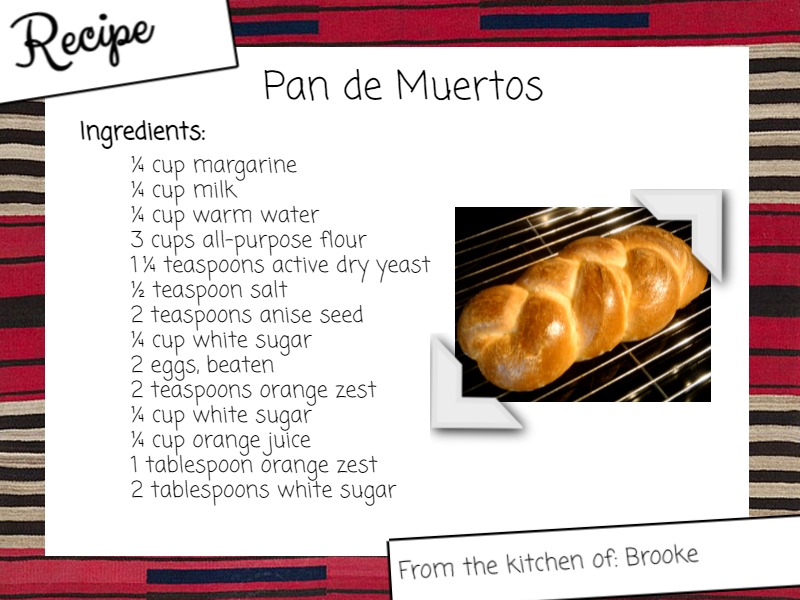
Pulling off a celebration for the class or school also provides additional opportunities to explore the rich traditions of art, dance, music and crafts from across Hispanic cultures.
Heritage is the cultural practices preserved over time and distance. Explorations that involve language and food are a powerful way to delve into discussion about cultures colliding, migrating, blending, and even being appropriated.
Design Guides
A powerful thread to remember as you design activities is the connection between culture and heritage. Culture is the shared ideas, customs, and beliefs of a particular people. Heritage is the specific parts of those ideas, customs and beliefs that have been preserved across time and place. As you design student activities, consider:
- How do people of Hispanic descent keep important aspects of their culture alive today?
- What aspects of Hispanic cultures do people continue to keep alive today? Why?
Big ideas and essential questions are useful tools to guide your instructional design. Hispanic Heritage Month offers opportunities for students to explore the big ideas in a way that is tangible, personal, and meaningful.




